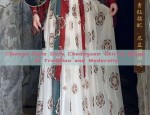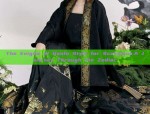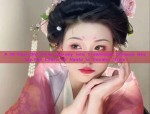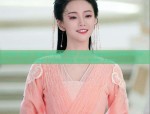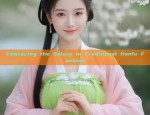The Revival of Traditional Elegance:Changan Hanfu 汉服)
In the heart of China, Chang'an, a city rich in history and culture, has witnessed a remarkable phenomenon in recent years: the renaissance of Hanfu, the traditional Chinese clothing. As a symbol of cultural heritage and historical continuity, Hanfu has experienced a significant comeback in the modern era, with enthusiasts embracing it as a means of expressing their cultural identity and pride.
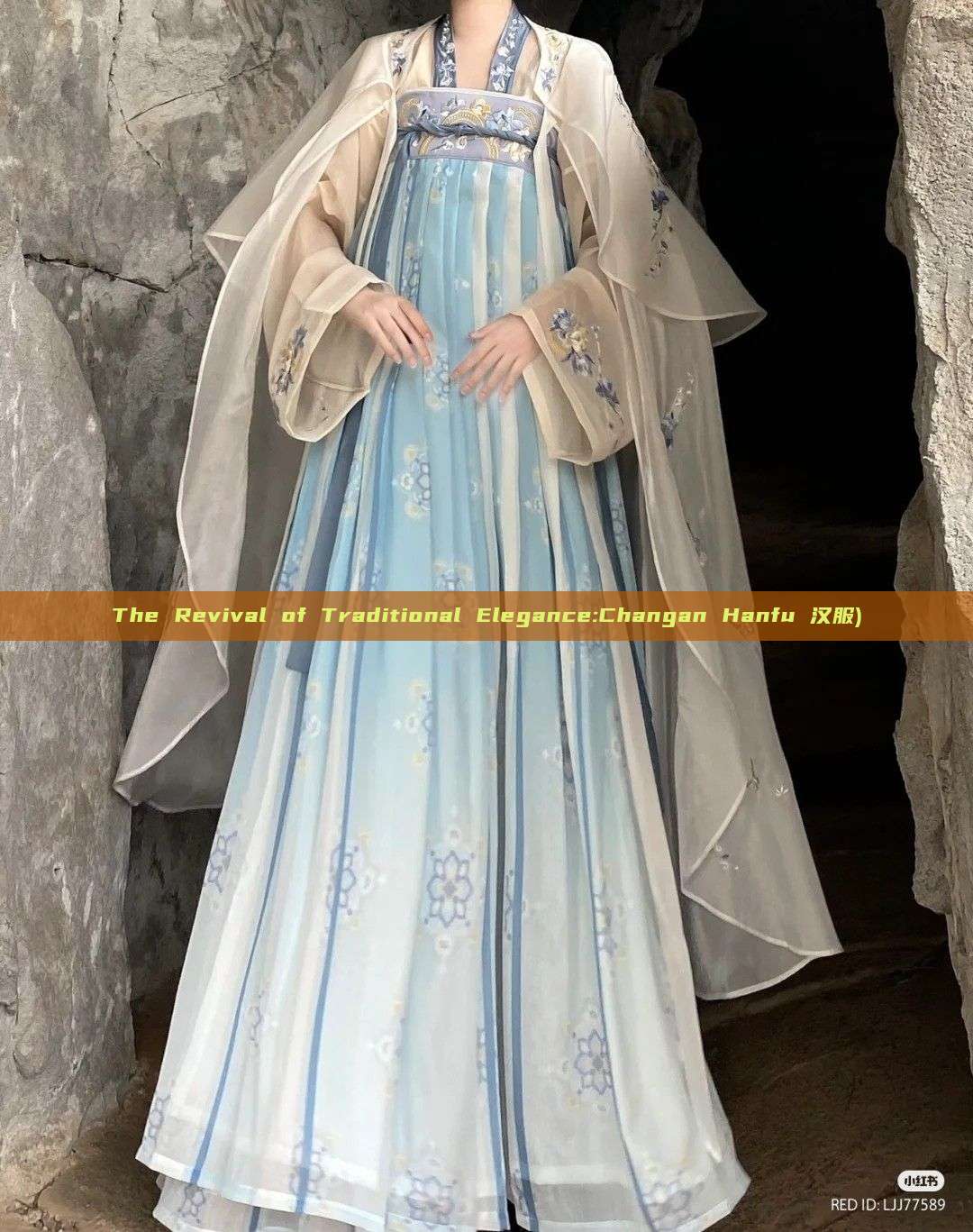
The term 'Hanfu' refers to a range of traditional Chinese clothing styles worn throughout history by the Han ethnicity. These costumes are not just pieces of clothing; they are an embodiment of thousands of years of cultural wisdom and craftsmanship. The intricate designs, vibrant colors, and meticulous details reflect the rich tapestry of Chinese culture and tradition.
In Chang'an, the capital of China's ancient Han dynasty, the revival of Hanfu has been particularly significant. This city has long been associated with a profound sense of cultural heritage and historical significance, making it a natural hub for the revival of traditional clothing. The city's streets are now adorned with men and women donning various styles of Hanfu, paying homage to their cultural roots while also embracing modern fashion elements.
The revival of Hanfu in Chang'an is not just about fashion or aesthetics; it is a movement that reflects a deep-seated cultural pride and a desire to connect with historical roots. It is a form of cultural expression that allows individuals to connect with their ancestors and share in the legacy of a great civilization. The practice has also sparked interest in other aspects of Chinese culture such as tea ceremonies, martial arts, and traditional music.
The popularity of Hanfu has also brought about its own set of challenges. As the demand for traditional clothing increases, it is crucial to ensure that the craftsmanship and techniques are passed down to future generations. The intricate designs and meticulous details that make Hanfu so unique require skilled craftmen and women to preserve their authenticity. Therefore, various organizations in Chang'an are working to promote the craftsmanship behind Hanfu, encouraging young people to learn and master these traditional techniques.
Moreover, the revival of Hanfu has also sparked discussions about cultural authenticity and preservation. While some advocate for modernizing traditional clothing to make them more suitable for everyday wear, others emphasize preserving the original designs and techniques without compromise. In Chang'an, this debate has led to various collaborations between traditional craftmen and designers, resulting in innovative designs that pay homage to the past while also catering to modern tastes.
The revival of Hanfu in Chang'an is not just a fashion trend; it is a movement that represents a deep-seated cultural pride and a desire to connect with historical roots. It is an expression of identity and belonging that allows individuals to embrace their cultural heritage while also embracing modernity. As Hanfu continues to gain popularity, it is essential to strike a balance between preserving traditional craftsmanship and techniques and adapting them to modern tastes. With the efforts of organizations and individuals in Chang'an, the future of Hanfu looks promising as it continues to evolve and inspire generations to come.
In conclusion, the revival of Hanfu in Chang'an is not just about fashion; it is about reconnecting with historical roots, expressing cultural pride, and preserving a rich cultural heritage. As we look ahead to the future, let us hope that this movement continues to grow and inspire individuals worldwide to embrace their cultural roots while also embracing modernity and innovation.

 Previous Post
Previous Post

